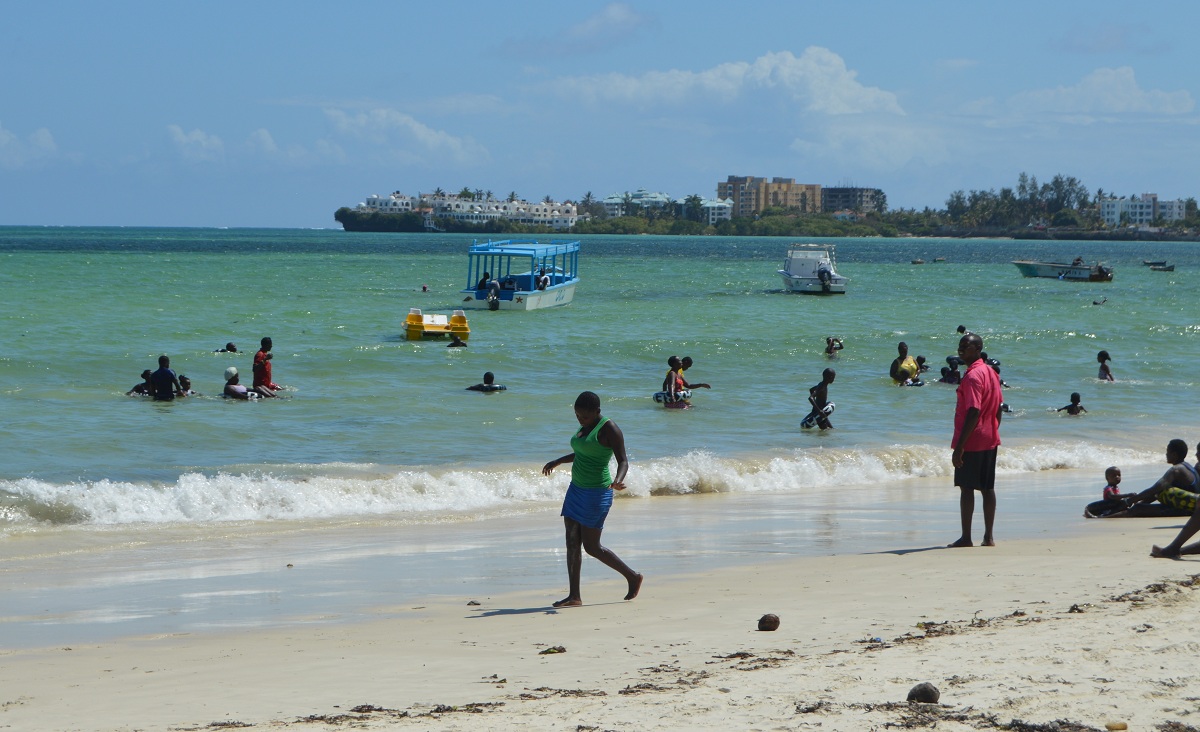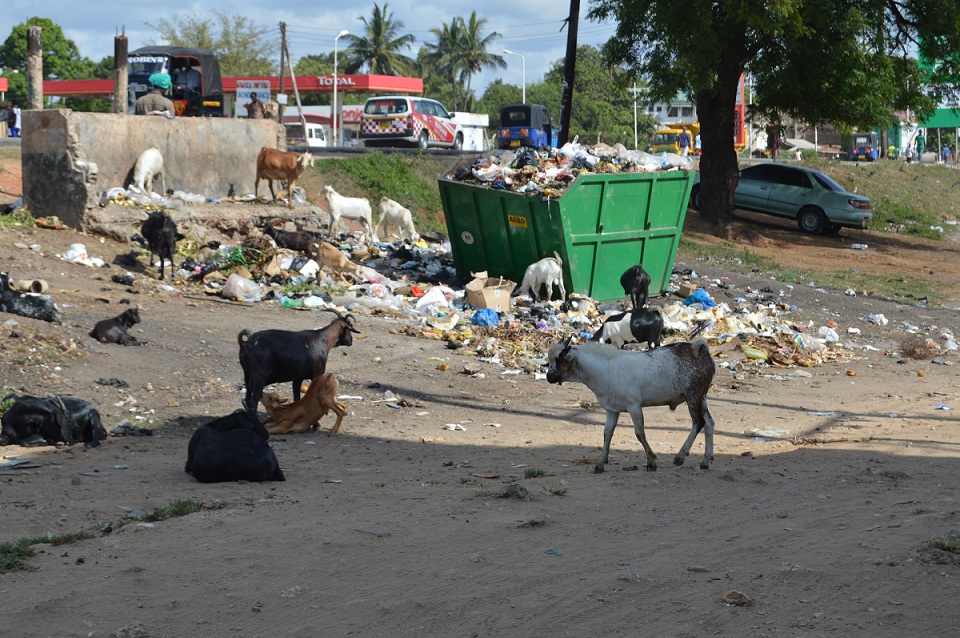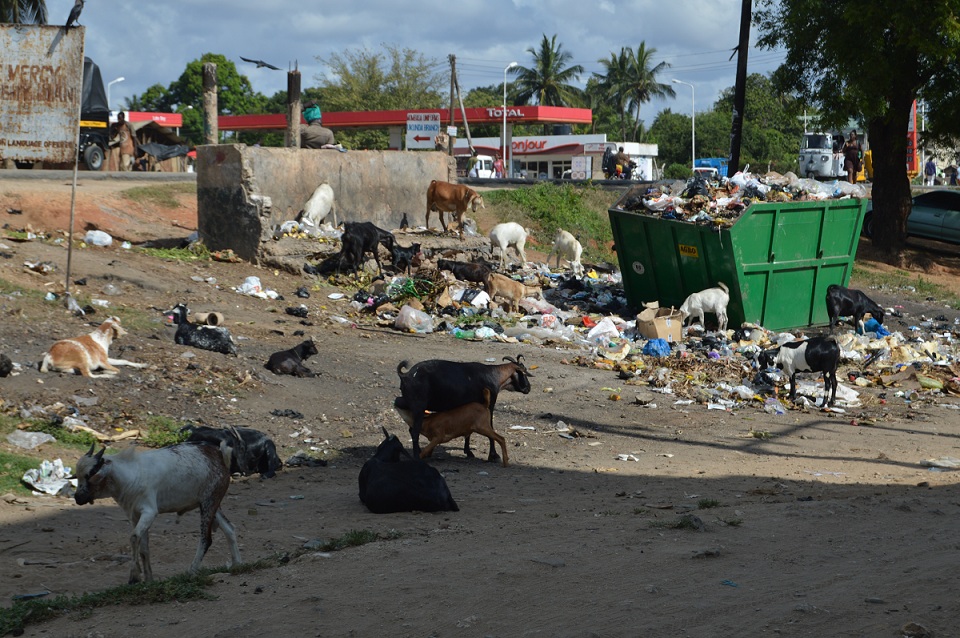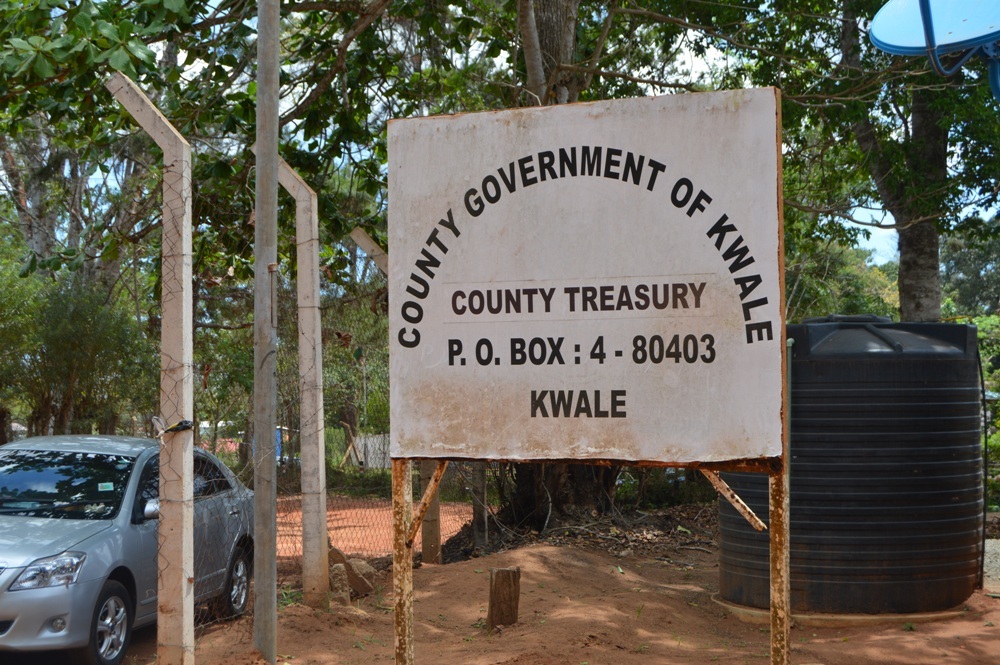The Office of the Auditor General (OAG) is established under Art. 229 of the Constitution of Kenya. The office is mandated to audit and report on “accounts of national and county governments; accounts of all courts; accounts of all funds and authorities of county and national governments” among other duties.
In today’s article, we are analyzing the audit reports for Kwale County executive for year stretching from 1st July 2015 to 30 June 2016. It’s my sincere hope that after reading this analysis you will take action to make sure that our counties do not repeat the same mistakes with “our money.” I dare say our because we pay taxes and that is what our governments are spending. Therefore, we’ve a right to demand for prudent use of public money in the spirit of Article 201 (d) of the Constitution of Kenya.
In FY 2015/2016 Kwale County collected Ksh. 39.5 million as property income which included Ksh. 10.1 million as rents. During the year Kwale County executive reported waivers amounting to over Ksh. 3 million. The county failed to prove that the waiver was approved by county legislation and further the waiver was never reported to the Office of the Auditor General as required by Article 210 (2) of the Constitution of Kenya 2010.
Local Revenue Collection inconsistencies
During the year under review Kwale County government collected Ksh. 248.5 million from local sources of revenues. This was lower than Ksh. 253.9 million collected in 2014/2015. There was a 2% or Ksh. 5.4 million fall in revenue between the two years.
In 2015/2016, Business Permits was the largest source of local revenue at Ksh. 58.6 million an increase from Ksh. 57.2 million the previous year. This is followed by “other Property Income” which generated Ksh. 39.5 million. The third largest was public health services which contributed Ksh. 32.6 million into the local revenue basket.
Vehicle parking fees raised Ksh. 11 million during 2015/2016.

Compensation to Employees
As at 30th June, 2016 county employees were paid a total of Ksh. 1.4 billion as compensation for employees (salaries and wages). Out of this amount casual workers were paid Ksh. 13.1 million for their services with health sector taking the lion’s share of wages paid to casual labour at Ksh. 12.5 million. The department of health failed to provide records on recruitment and terms of engagement for audit.
Staff recruitment
In 2015/2016, a total of 377 employees were recruited in various positions. The office auditor general discovered that 294 or 77 percent of all employees hired for that year were from a dominant community in Kwale County. This is a violation of Section 65(e) of the County Government Act, 2012. This section requires that the County Public Service Board (CPSB) should make sure that at least 30% of all vacant posts are filled by candidates (at the entry level) who are not from the dominant ethnic community in the county.
Emergence Fund
In financial year 2014/2015 Kwale County created an emergency fund but as at 30 June 2016 the fund had not been approved by Kwale County Assembly as required by section 110 (1) of PFM Act 2012. Despite that the Emergence Fund Account had a balance of ksh. 11.6 million as at the end of the period.
During 2015/2016 the County executive spent Ksh. 700,305 but did not seek approval from the County Assembly as required by Section 114(1) of Public Finance Management Act, 2012.
The County executive failed to prepare and submit financial statements to Office of the Auditor General for audit as required by Sec 115(1) of the PFM Act 2012.
Outstanding Imprest and advances
Outstanding imprest and advances stood at Ksh. 6 million as at 30 June 2016. The auditors noted that the salary advance was not supported by Integrated Payroll Personnel Data reports.
Incomplete Multi-purpose Hall
At ATC Mkongani, kwale County government was constructing a Multi-purpose hall at a cost of Ksh. 6.8 million. In November, 2016 the auditors from OAG made a site visit and confirmed that window frames were being installed and it was at the stone walling stage. All the money had been paid to the contractor.

Stalled Beach Road
The beach road was allocated Ksh. 6.1 million to be used for cabro paving Beach road starting from Nakumatt Junction all the way to the beach.
At the time of verification, it was established that there was a court case restraining Kwale County executive from implementing the project.
Budget Implementation Performance
During the financial year 2015/2016, Kwale County had a budget of Ksh. 6.6 billion. Out of which Ksh. 4.28 billion (63%) was allocated to development and Ksh. 2.35 billion (37%) was for recurrent expenditure. The county attained an overall absorption rate of 93%.


We advocate for cleaner urban areas in Kenya. It’s possible if our counties use taxpayers’ money well and increase their absorption capacity.
Follow us on Twitter @kerosiT


